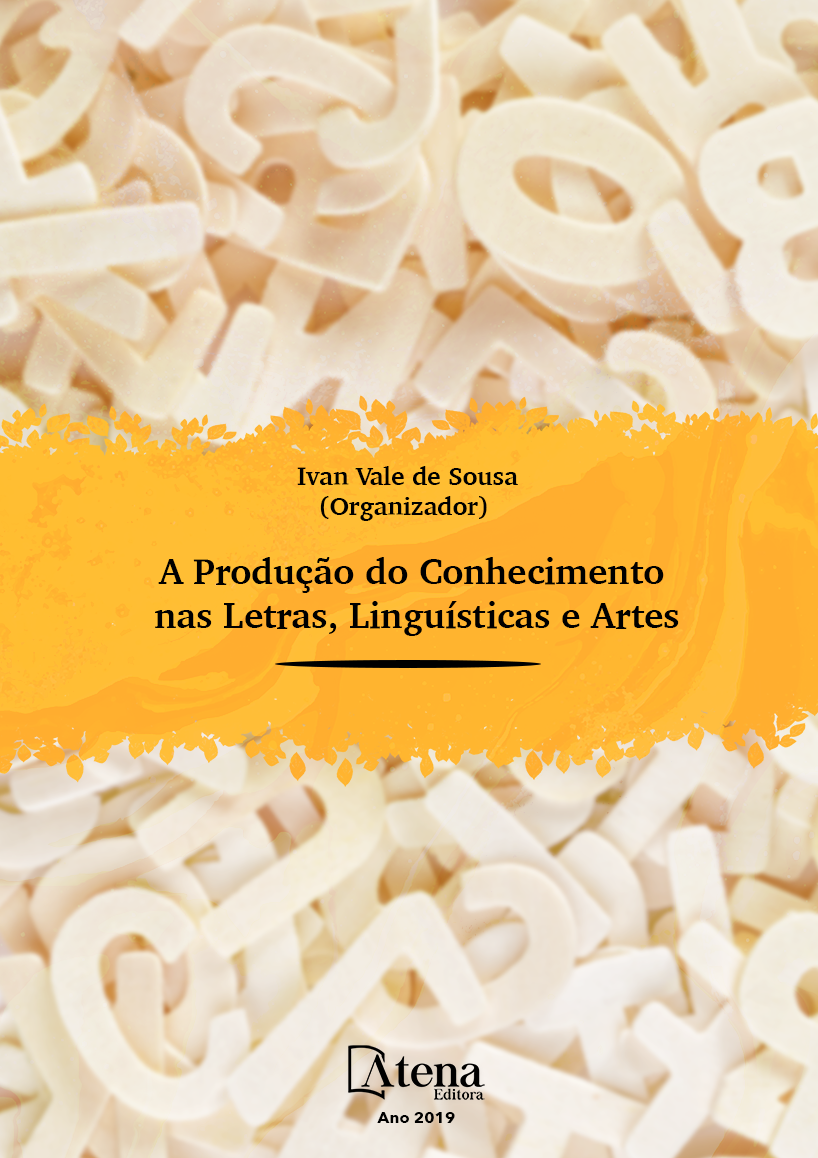
CINEMA SURDO COMO ARTEFATO CULTURAL: LINGUAGEM CINEMATOGRÁFICA E LÍNGUA DE SINAIS
Busca-se discorrer sobre a
linguagem cinematográfica e as línguas de
sinais promovendo um paralelo entre a cultura
surda e o gênero cinema enquanto artefato
cultural. Optamos por uma pesquisa de cunho
bibliográfico a fim de estabelecemos um diálogo
entre a trajetória surda e suas inter-relações
com o cinema. Retomamos ao cinema mudo
e suas ligações com a comunidade surda no
que tange o auxílio na resistência surda frente
a uma sociedade que adotou o audísmo como
parâmetro. Observamos que o cinema surdo,
enquanto produções de empoderamento
e de possibilidades pedagógicas,
apresentam produções culturais repletas de
intencionalidades. Compreendemos que os
filmes além de entreterem também educam
possibilitando diversas análises. Concluímos
que utilizar filmes com essa temática e articular
no contexto escolar, se transforma em um
recurso educacional multidisciplinar. Tais
resultados permitem promover um novo olhar
como uma ferramenta para o contexto escolar
bilíngue para surdos.
CINEMA SURDO COMO ARTEFATO CULTURAL: LINGUAGEM CINEMATOGRÁFICA E LÍNGUA DE SINAIS
-
DOI: 10.22533/at.ed.28919020427
-
Palavras-chave: Língua de Sinais; Cinema Surdo; Estudos Culturais; Linguagem Cinematográfica; Artefatos Culturais.
-
Keywords: Sign Language; Deaf Cinema; Cultural Studies
-
Abstract:
This paper aims to investigate
cinematographic language and sign languages,
drawing a parallel between Deaf culture and
the genre cinema as a cultural artifact. We
thus conducted bibliographic research in order
to set a dialogue between the Deaf trajectory
and how it relates to cinema. Initially, we go
back to silent films and its connections with the
Deaf community as an aid to Deaf resistance
against an audist society. We proceed to the
current discussion on cinema studies about the presence of sound, the value of the speech, and the theorization on vococentrism.
We then observe that Deaf cinema, as a potentially pedagogical and empowering
production, presents cultural productions filled with intentionality. Our understanding
is that movies entertain but also educate the audience by opening diverse readings
(multidisciplinary contexts), enabling subjective perspectives and worldview, embedding
power relations and ideologies, and acting a mean to self-affirmation and conversion of
cultural centrality. We conclude that the use of movies with such themes if articulated
with school context (especially under the bilingual perspective), is a multidisciplinary
educational tool. Such findings allow the observation of social, cultural, historic and
linguistic factors involved in the cinematographic language, which parallelled with the
visual traits of sign language promote a new approach to bilingual education for the
Deaf, its structure and resources.
-
Número de páginas: 15
- Kelly Priscilla Lóddo CEZAR
- Halyne CZMOLA
- KELLY PRISCILLA LODDO CEZAR


